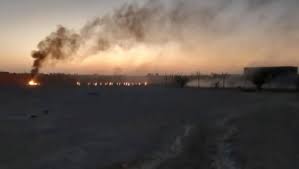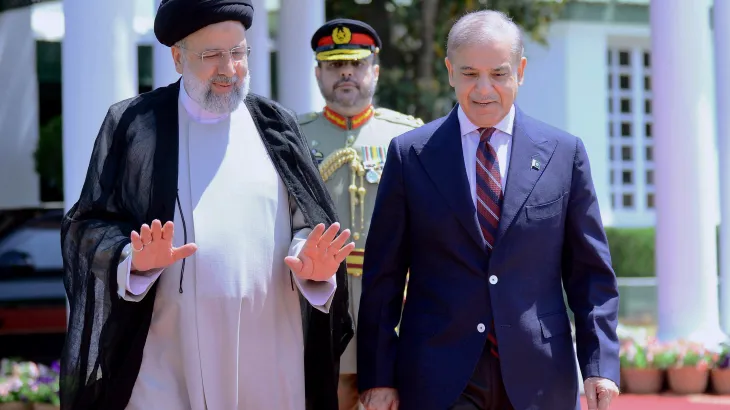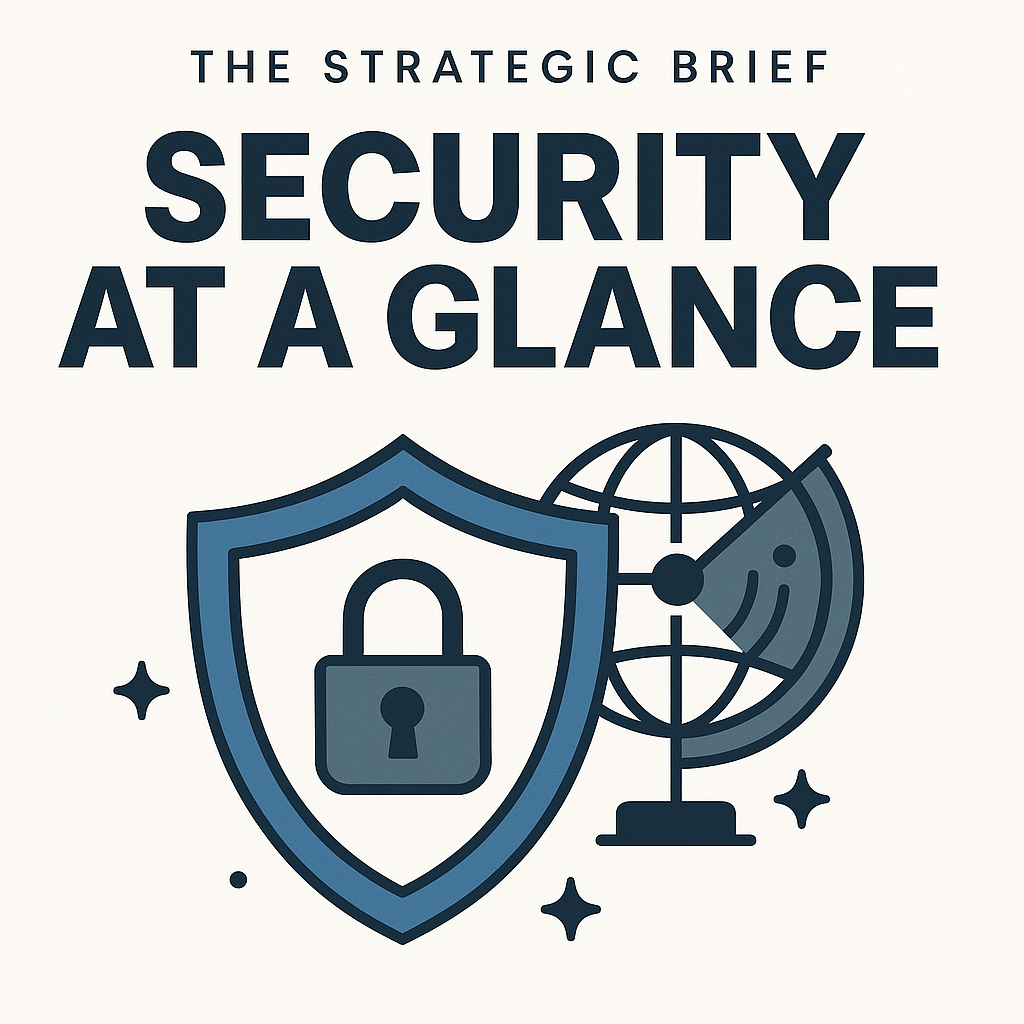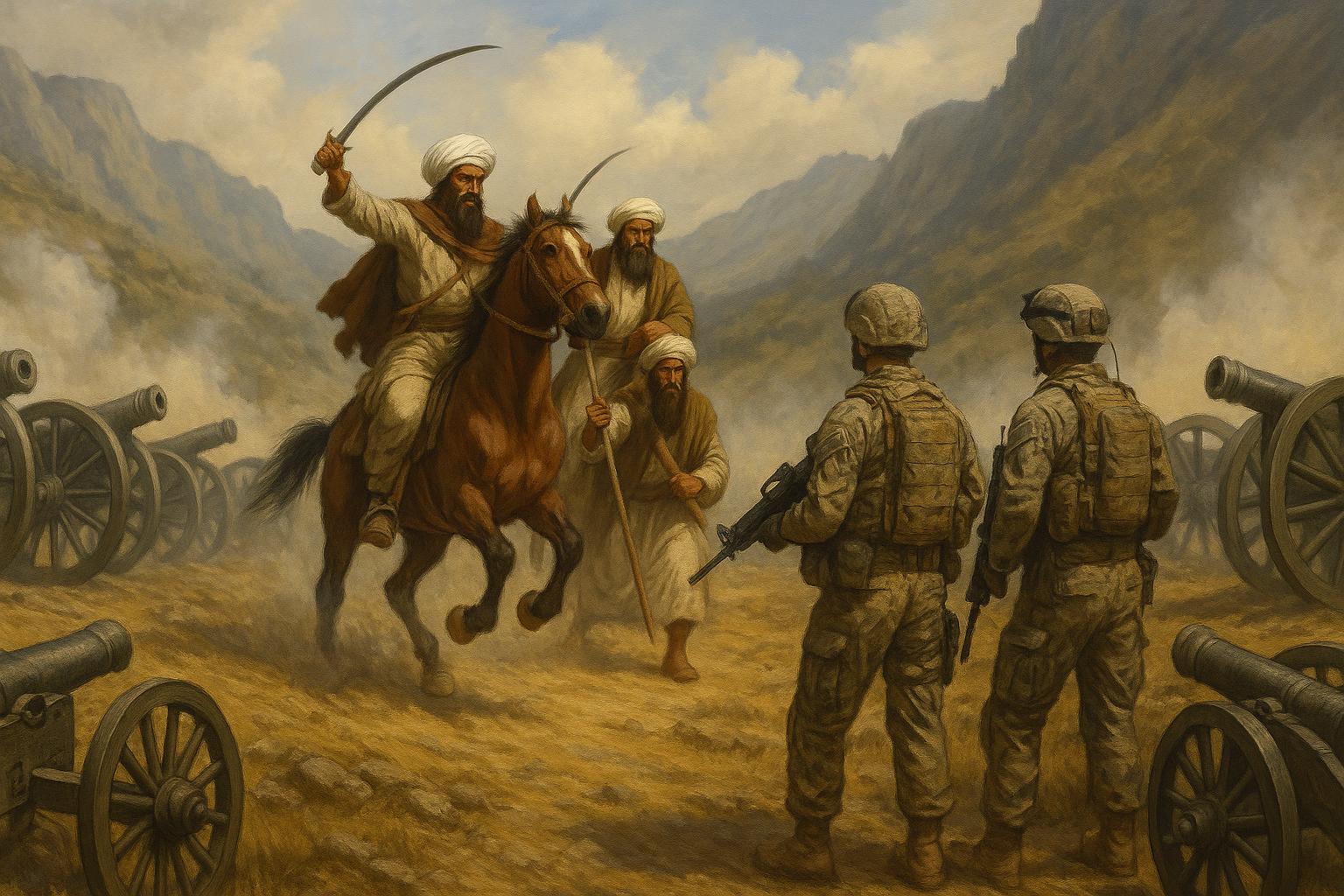
Dr. Naveed Elahi
The world is confused over the kinetic spat between Pakistan and Iran. While the entire world was focused on Middle East situation caused by the Israeli brutalities in Gaza and ancillary belligerence involving the US, UK, Houthis and Hizballah, the Iranian drone missile attack on Pakistan came as a rude shock. Pakistan’s quick and equally kinetic response further compounded the situation. As some analysts like to think and even Iran tried to portray, the spat between Iran and Pakistan is not directly related to the Israel-Hamas conflict. Both countries targeted what they perceive as separatist forces operating within each other’s territory, which they consider threat to their stability.
Iran always accused the US covert assistance to Jundullah against Iran. Some reports by international media had confirmed this complicity. Though Iran appreciated Pakistan in the past for its support to track down and capture its leader Abdulmalek Rigi in 2010, it has resented Pakistan’s complacency in the desired action against Jaish al-Adl, which is off-shoot of Jundullah. Iran claimed to have targeted Jaish al-Adl for its several attacks against Iranian officers and soldiers on the Iran-Pakistan border, especially on Iranian police station in Rask in December 2023. Even in 2022, these militants killed four members of the Islamic Revolutionary Guard Corps in Saravan (where Pakistan launched the attack) and then reportedly vanished, reportedly back into Pakistan.
Prior to the attacks on suspected hide-outs of the terrorist organization Jaish al-Adl in Pakistan, Iran launched a series of missile attacks targeting training camps of Islamist elements near Idlib in Syria and a site in the Kurdish region of Iraq claimed to be “used by the Mossad,”. Iran has given an image that these attacks were a retaliation against the attacks on its interest. It retaliated against ISIS for the Kerman attack on the anniversary of Qassem Soleimani’s assassination, against Israel for the alleged assassinations of Sayyed Razi Mousavi in Syria and Saleh al-Arouri in Lebanon, and, apparently, against Jaish al-Adl for a series of attacks on Iranian officers and soldiers. Pakistan confirmed the attack on its soil in which two children were killed and three others were injured. But Iran could not identify and name the terrorists it had targeted and killed in Koh-e-Sabz are in Balochistan, Pakistan.
Iran, over years, has developed a strategy to operate in the region through its proxies. Hizballah, Houthis, Zainabiyoun Brigade are backed by Iran. Even within Pakistan the Iranian funded extremist Shias were engaged in sectarian terrorism. This week the counter terrorism department Sindh apprehended a commander of Zainabiyoun Brigade in Karachi who was involved in the attack on the Sunni cleric Mufti Taqi Usmani. In its statement issued on Saturday, the CTD Sindh said it had arrested a “trained terrorist from a neighboring country” from Karachi’s Soldier Bazaar area, who had confessed to carrying out reconnaissance of “high value targets” and provide information regarding them to his accomplices, Syed Raza Jaffri and Abid Raza.
“Syed Muhammad Mehdi, a terrorist working for Hostile Intelligence Agencies (HIAs) and is linked to the Zainabiyoun Brigade, was arrested from Karachi’s Soldier Bazaar area,” the statement said. Iran’s indirect activity in Pakistan has a long history. But now it was the first public display of kinetic force. Before crossing this line it must have analysed the level and form of Pakistan’s reaction to this belligerence.
Probably Iran expected a retaliatory attack from Pakistan, but not as quick and so kinetic. Pakistan carefully chose the targets inside Iran and conducted airstrikes targeting militants of the separatist terrorist organizations, Baloch Liberation Army (BLA) and Baloch Liberation Front (BLF) within Iran. It is worth noticing that Pakistan did not target the Iranian military. The cross-border exchange of gunfire in the Balochistan regions of Iran and Pakistan is not unprecedented. Nevertheless, this incident was too open and public therefore Pakistan could not stay silent and muted. It responded with the matching force but informed the Iranians in advance about the intention to target the “terrorists” lurking on their soil. Top of Form
The reciprocal attacks between Pakistan and Iran represent a significant escalation in the region. The possibility of further military exchanges and the risk of a broader conflict cannot be ruled out. Some analysts are of the opinion that the probability of further escalation or a direct clash between the forces of Pakistan and Iran appears to be minimal. It is evident that neither country shows a willingness to escalate to direct conflict with the other’s forces. Pakistan’s response to Iranian strikes on Jaish al-Adl was measured and calculated, deliberately avoiding engagement with the Iranian military. This suggests a reluctance to escalate the situation while conveying a deterrent message. Both sides then asserted their desire not to escalate further, raising hopes this will be the end of this round of attacks.
The international community is cautious and unwilling to take risks in the current situation. China has taken the lead in advising both countries to show restraint. The United States, given its diminished influence over Pakistan and its military in recent strategies, and its lack of diplomatic relations with Iran, may face challenges in effectively mediating between the two nations. Qatar, maintaining friendly ties with both parties, can potentially play a mediating role, along with other neutral actors like Kuwait and possibly Saudi Arabia. Russia and the European Union, having diplomatic ties with both countries, could serve as more effective mediators. Backchannel diplomacy is already in progress. Peace should prevail.
The author is Editor, The Strategic Brief.


